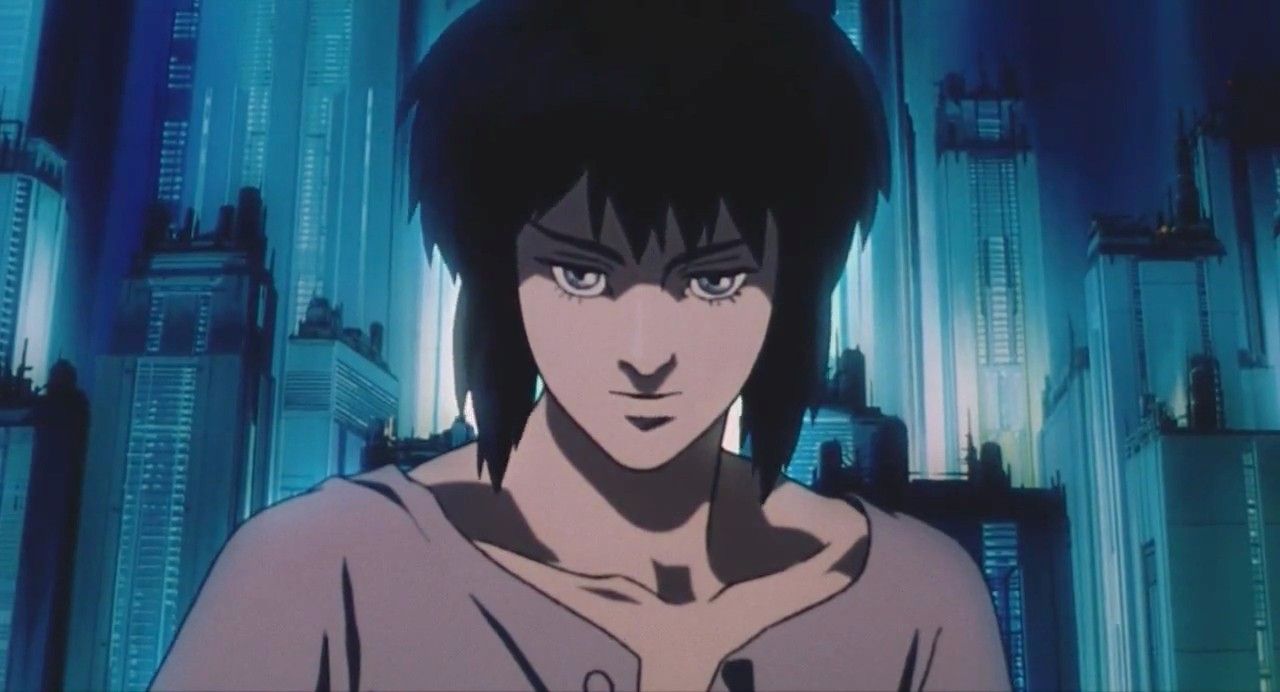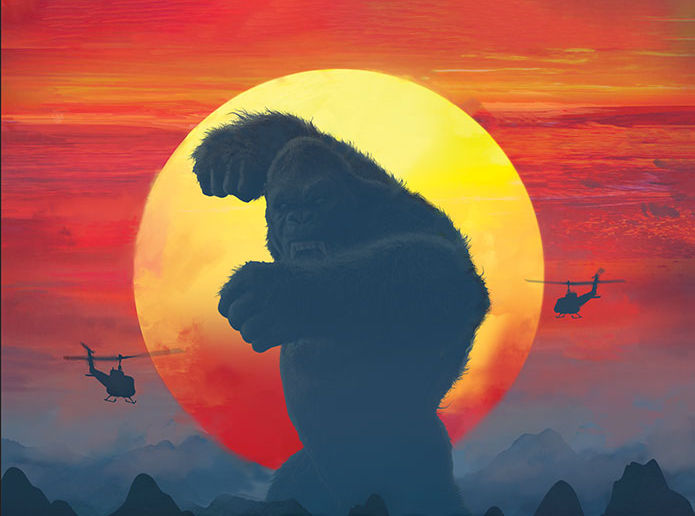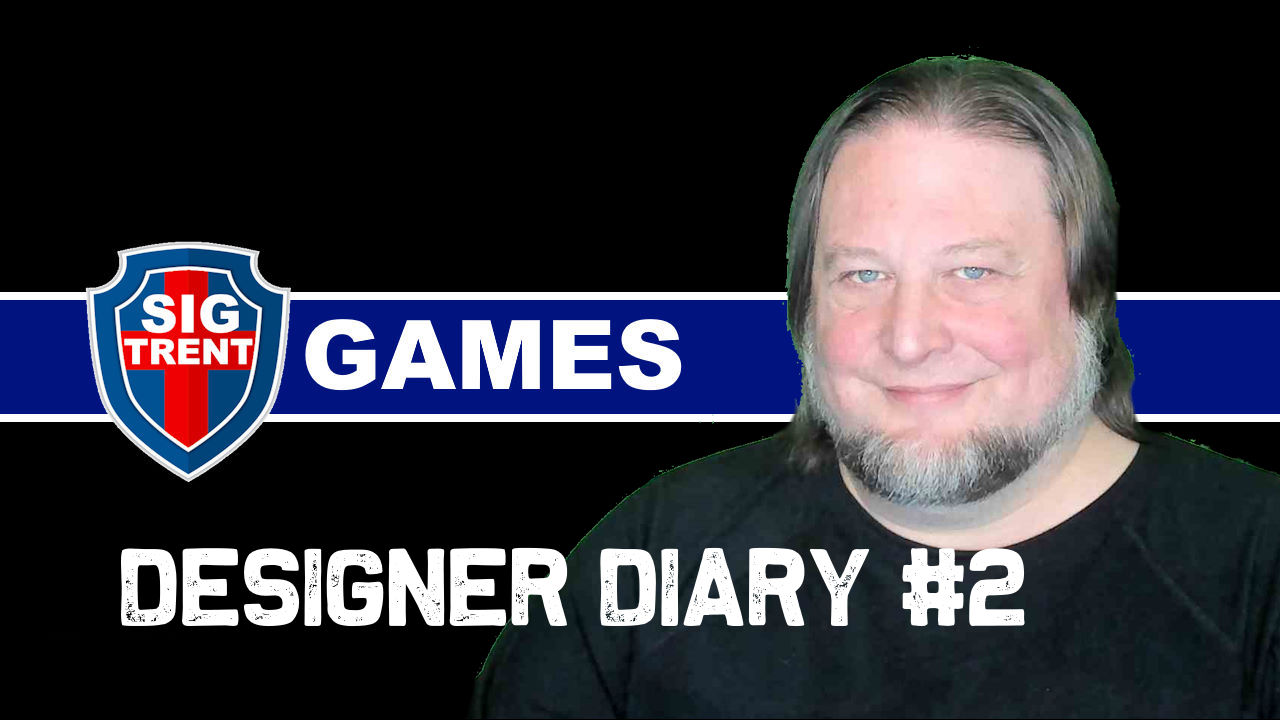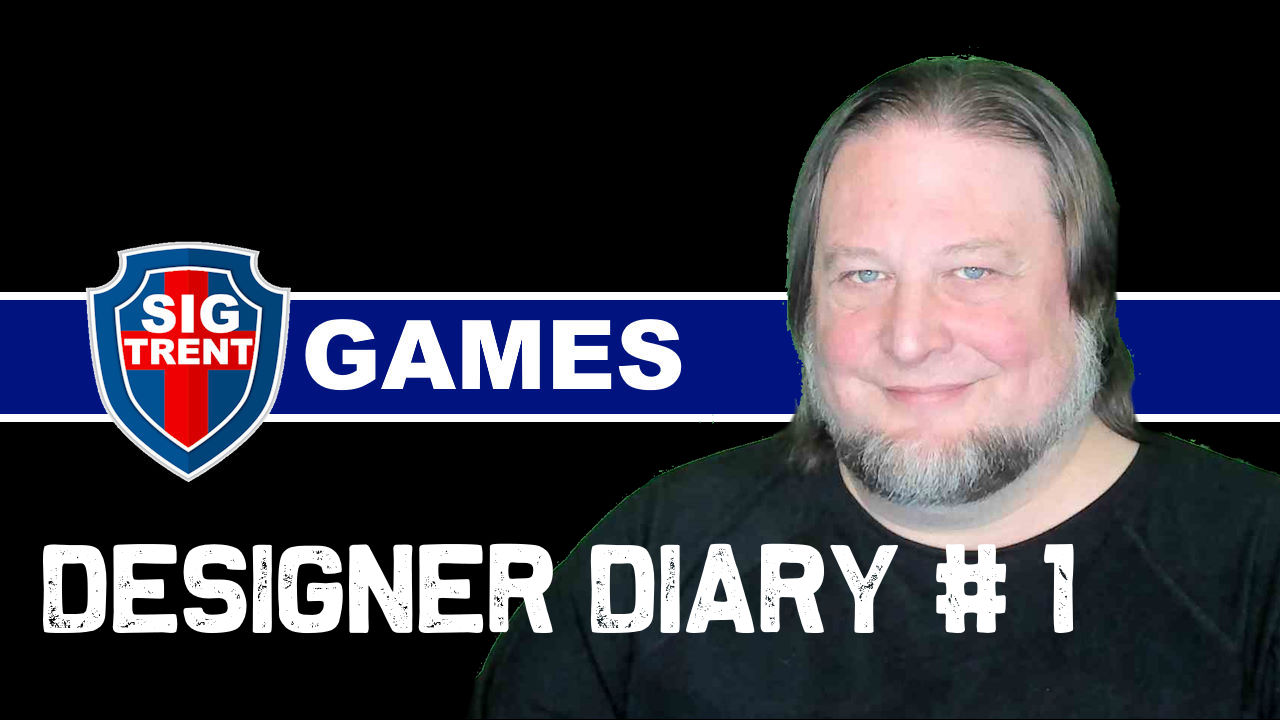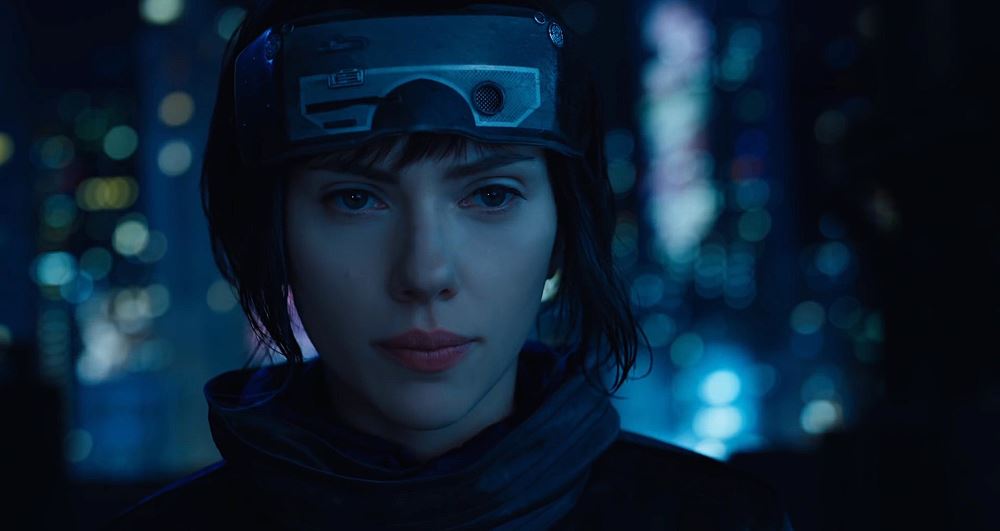
Review of the American Ghost in the Shell (2017)
My wife and I are both fans of the Ghost in the Shell franchise. We were anime aficionados even before we met. Together we have watched every movie and TV show carrying the Ghost in the Shell name, most of them multiple times over the years. We were curious, but trepidatious when we learned about the upcoming live-action remake.
Deciding to watch the movie
Leading up to the film’s release, we were skeptical about the American live-action adaptation. The casting caused a lot of controversy by whitewashing the lead role from a Japanese character to an American one, even though the setting for the film remained in a fictionalized future Japan.
To make matters worse, the previews for the film, which were undoubtedly a visual treat, seemed to get the mood and attitude of the setting wrong. Anime films have a very particular style of dialog and the characters don’t spend a lot of time talking about their motivations or angst. The trailer had characters saying things they would likely never say in the Japanese incarnations. This left me wary.
So when it was first released, we didn’t rush out to see it. In fact, we decided we’d wait until it was out on video or available online. But there are some days when my wife and I just want to go out and see a movie, and when that urge hit us, Ghost in the Shell was the only film on offer that sparked our curiosity. So we changed our mind and decided to check it out.
If you want to check out the original anime version you can rent or buy it on Amazon. It’s a classic.
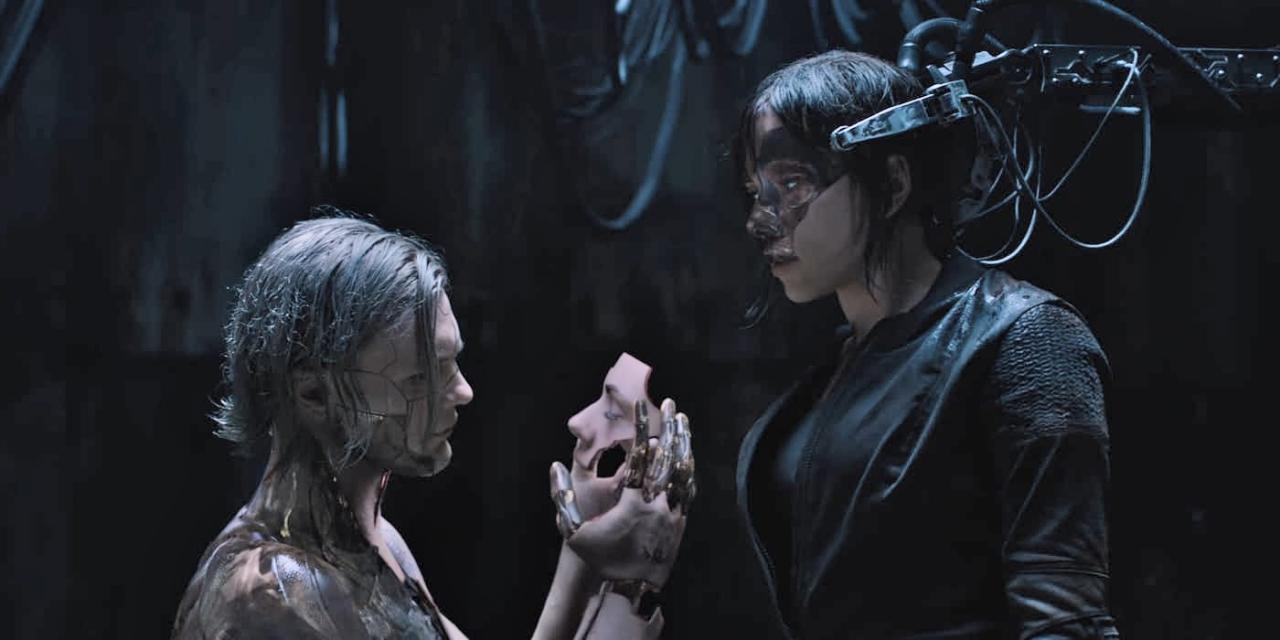
Ghost in the Shell 101 for the uninitiated
If you are not familiar with Ghost in the Shell, here is the view from on high. The setting is Japan, sometime in the semi-distant future when most people have computer chips installed in their head and mechanical body parts of one kind or another. It is very much a classic cyberpunk type setting.
The main character, The Major, is the stoic leader of a group of anti-terrorist specialists working for a shadowy branch of the Japanese Government. The Major’s body is entirely synthetic, except for her brain which is human. She is the titular ghost in the shell.
Plots tend to involve complicated political and corporate conspiracies parallel to ideological terrorist groups opposed to the political status quo. A blurry line between the human soul called a ghost, and digitized thought stands as the central philosophical theme of the series.
If you want to see the live-action version I’m discussing, Amazon has it for sale and rent also.
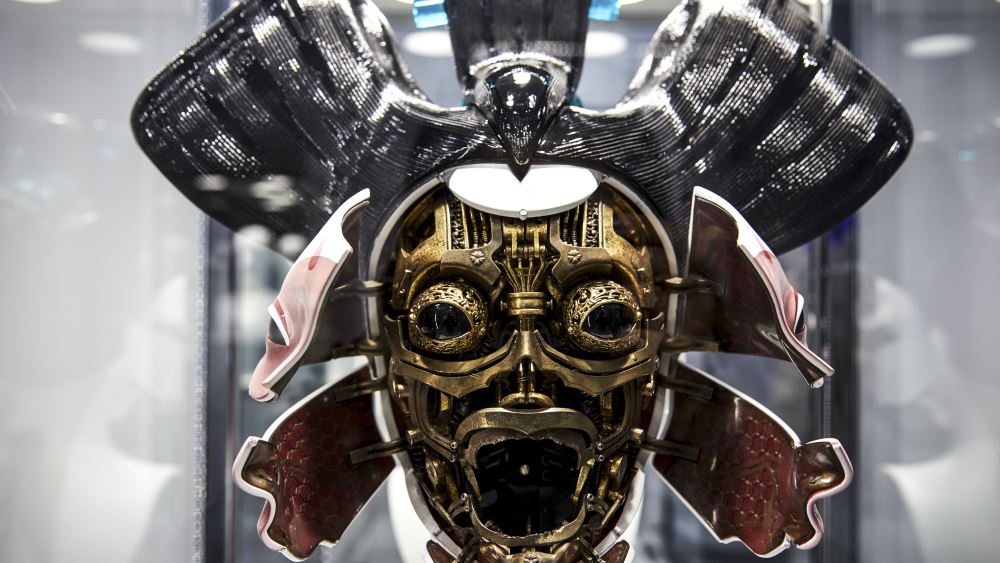
Here are my thoughts on it
Despite my reservations going in, I ended up very much enjoying the movie. As a long time fan of the Anime, it is difficult for me to speak about the film from any kind of objective viewpoint. I saw it as a fan, I enjoyed it as a fan, and most of my thoughts about the movie are through the filter of how it compares to what came before.
The plot for the film is partly original to this version, and partly an amalgam of plots from the manga films and TV episodes. The story is a simple one. A giant corporation is up to something fishy, and the repercussions come home to roost in the form of dead executives. The Major and her team are tasked with finding out who is committing the murders and putting a stop to it. The actual plot, true to Ghost in the Shell tradition, involves a lot of complications to this basic story.
One thing every critic seems to agree is that the visuals for the film are outstanding. Not only have they successfully captured the look of the anime down to great detail, they have given the world real weight and substance. Practical and digital effects are blended incredibly well and the imagination of its creators is on full display.
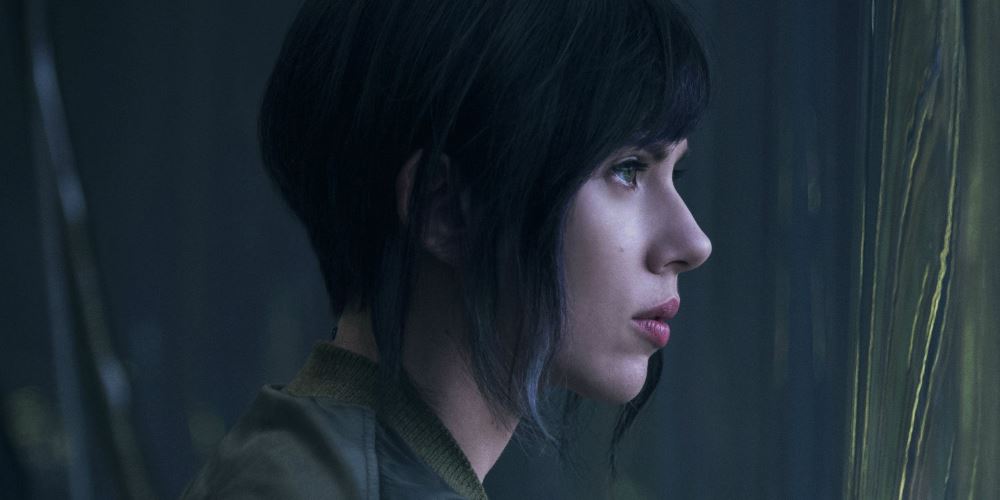
Major Changes
The original Ghost in the Shell movie and subsequent TV shows generally left Major’s origins as a mystery to be slowly hinted at and revealed over time. She was at heart an enigmatic, mysterious, and remote figure who kept her emotions largely private, and her actions focused on her mission almost exclusively. In combat and in cyber warfare she essentially had no true equal.
The American version takes an entirely different approach to The Major and her story. The plot of the film very much revolves around her origins, which by the end of the film are quite explicitly spelled out. Furthermore, this version of The Major, played by Scarlett Johansson, is a very different character in many respects from the Japanese incarnations. The Major of the anime is seen as a long time mercenary, something of an old soul, as where the Major of the film is newly born into the life of a cyborg and anti-terrorism operative.
This version of The Major is both emotionally vulnerable, and uncertain of her place in the world. Her combat skills seem to come from programming as much as training and experience. She is still the formidable fighter and capable tactician her role in the story demands, but this is a character with more questions than answers and needs her team as much as they need her.
The longer the film went on, the more I bought into this version of The Major. While it is not emotionally true to the character of the manga, this new version makes sense in light of the plot and is consistently portrayed in the unfolding story. The traditional Major is something of an unknowable enigma, this is a Major who can be hurt and who we can empathize with. Some scenes towards the end of the film moved me with great sympathy for her, something I’ve never felt in the anime.
Many think the manga is the definitive take on the characters. I’ve not read them, but if your curious, you could pick up the boxed set.
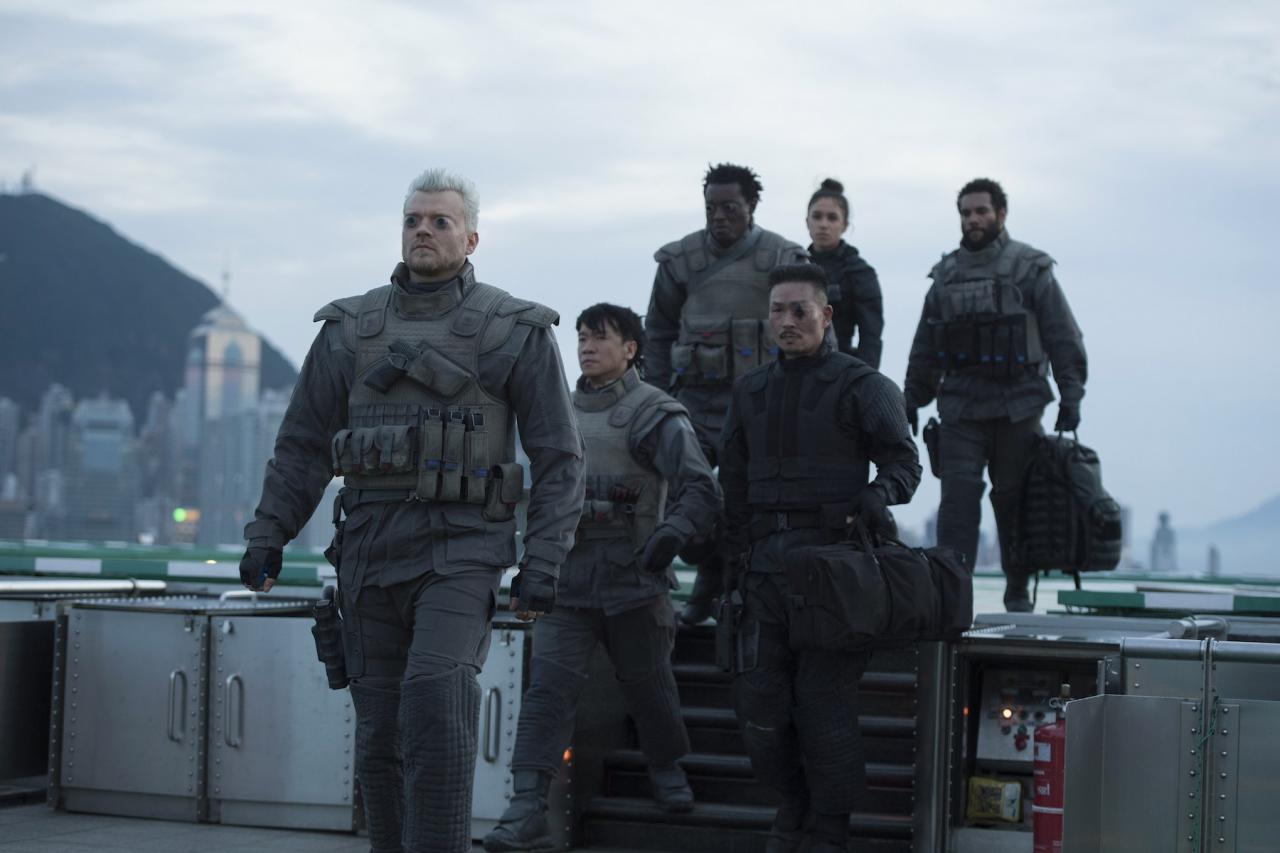
Minor Consistencies
My favorite Ghost in the Shell character, Batou was much more traditionally portrayed by Pilou Asbæk. I had my doubts about that casting but he won me over with his take on the character. His toughness, his heart, and his sense of humor were all in place. And his quiet but close connection to the Major was done perfectly.
The most dead-on casting is Takeshi Kitano as Aramaki, the politician in charge of section 9, the counter-terrorism team. His look, mannerisms, and voice are spot on for the role, and he is given some great moments in the movie that had me cheering. In fact, I’d say this is the best portrayal of Aramaki in any incarnation of the property.
The rest of the team make cameos at best. Everyone is there but for Paiz who is replaced with a new character by the name of Ladriya. Frankly, none of them were on the screen long enough to leave a real impression. I’d have liked to have a slightly longer movie with a bit more for them to do as a team.
You can get the DVD super cheap these days through Amazon. I’m curious if it contains extra scenes that flesh out the minor characters.
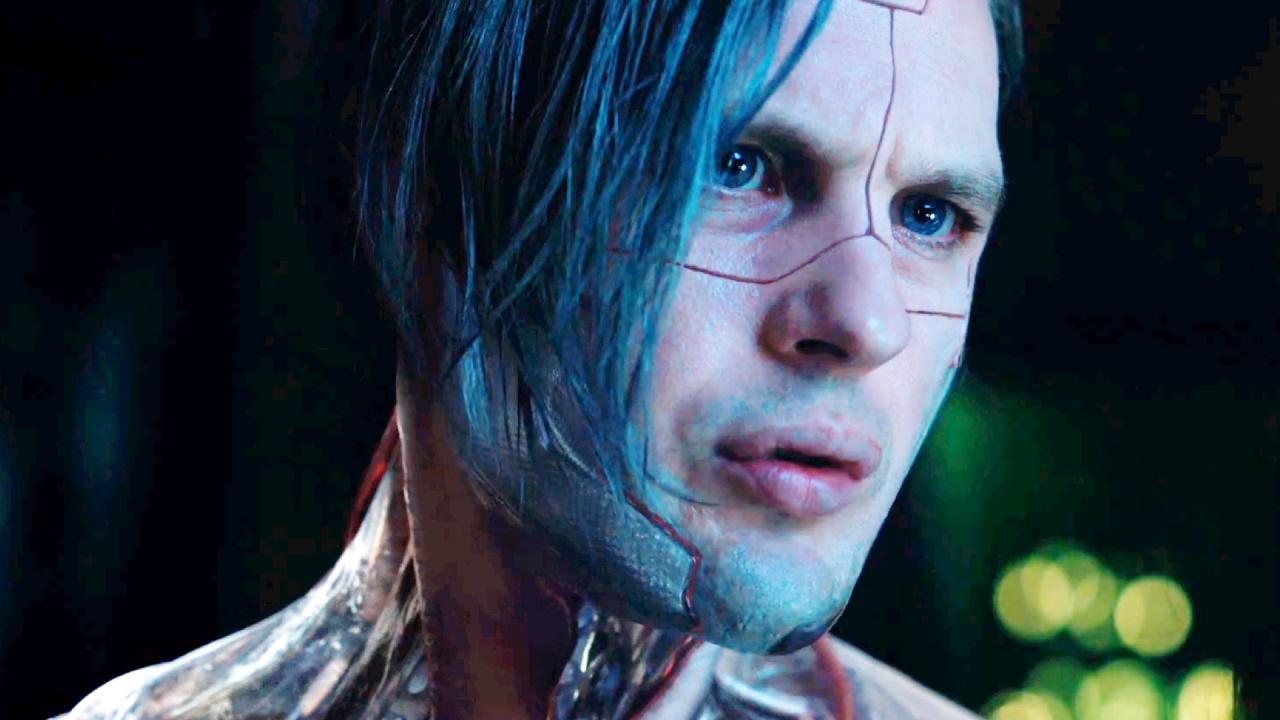
Plot Complications
It was clear to me that the writers and directors did their homework on the license and worked diligently to re-create the most iconic moments of the original film. They did a fantastic job with these set pieces and in some cases, I feel they surpassed the original. The plot is a smooth blend of both the original movie and of some of the TV story lines. If anything it is somewhat more coherent that most of what you will find in the anime.
This movie is frankly much more approachable than the original. The characters are approachable, the plot is presented with less obfuscation, and there is less extraneous information. I think any viewers new to the series are likely to find it more relatable than the original anime movie while still getting most of what made it popular and beloved.
I can see fans of the series being disappointed by the streamlining. Some hallmarks of the show are simply not there. The in-depth exploration of political corruption is largely missing. While hacking is portrayed in the film and plays an important role in the plot and drama, it is given short shrift compared to the role it plays in the anime and manga. The shows usual obtuseness about what exactly is going on is also part of its charm, you have to pay close attention to dialog and actions to understand what the characters understand.
I have to add, that I find a lot of Anime, including Ghost in the Shell, sometimes substitute obfuscation for real complexity and depth. Often the plot would both seem simple and a bit daft if it was plainly presented, but with enough confusion and vagueness, your imagination can embellish and justify it. I’ve always found the motivations for the political actors in Ghost to be near nonsensical much of the time but I go with it as the deus ex machina of the series. There need to be schemes to unravel and oppose, even if those schemes don’t really seem to benefit anyone commensurate with their cost and risk. I feel this version isn’t so much dumbing things down as cutting the fat.
By far my favorite incarnation of Ghost in the Shell is “Stand Alone Complex.” It really develops the characters and has a rich plot.
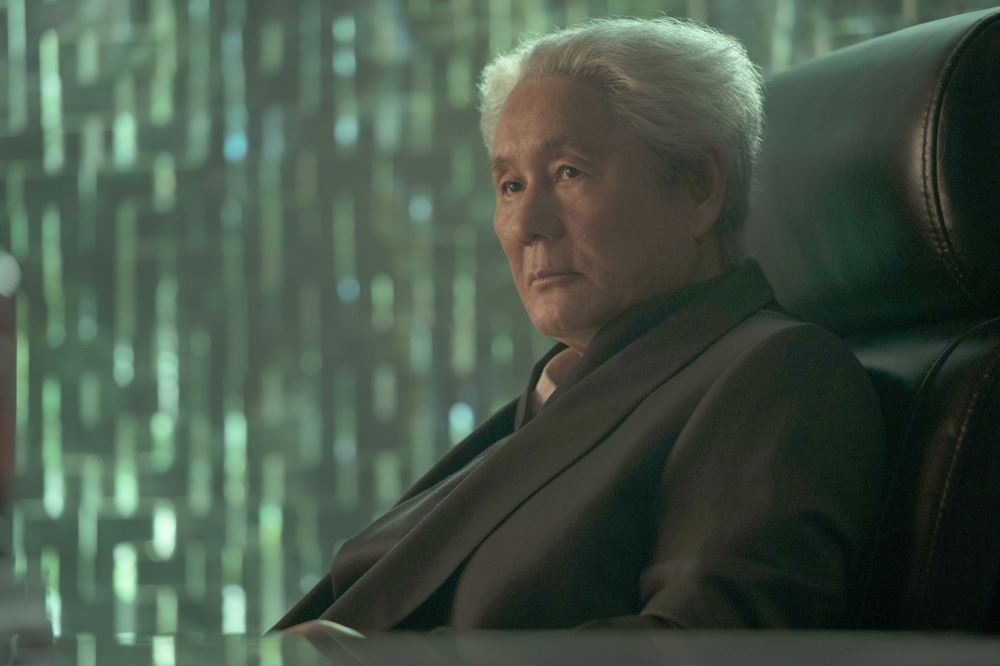
Who is this movie for exactly?
As a fan of the series, it is hard for me to judge it as a movie on its own accord. With a clearly told story and sharp, well-defined main characters, it has a broader appeal than the anime it is based on. At the same time, this is a noir cyberpunk movie, a genre that has a strong cult following but rarely much popular acclaim.
The themes are no longer as fresh as they were in the early 1990s and the noir look and feel of the film is not likely to have especially broad appeal despite it’s streamlining. This is the kind of film, like its anime predecessor, that cultivates cult fandom, not widespread popular acclaim. It’s a great window into this world for someone who likes science fiction but is not so fond of animated films and comics.
The longer the movie went on, the more I settled in and got into the action and unfolding story. By the end, I was eager to see the further adventures of these characters and a deeper dive into the intricate and fascinating world of the series. With the characters and original squared away, further adventures could dive deeper into elements this film is missing. I’m determined to give this one a second look once it is available at home to see if it holds up and if there is more detail to discover.

Some final thoughts on whitewashing
For the record, this film proved very popular in japan, and the director of the anime movie went on record saying Johansson was perfect casting for The Major. So this is not an issue where the casting consists of a great insult to Japan or the artists who worked on the series in the past.
Furthermore, the setting for the Ghost in the Shell franchise is a future with more muddled political borders and ethnicities. While Japanese culture and ethnicity do play an important role in some of the storylines, this is very much an international world where Caucasians could well be working for the Japanese government as anti-terrorists. And of course, there is the fact that The Major’s entire physical body is robotic, giving rise to the question, what does ethnicity and skin tone even mean in her world?
But the real issue for me is that it would have been a perfectly good role for an Asian American actress to lead a film and thus a wasted opportunity when there are so few available. Without some strong explanation for the casting, it just seems like one more example of the default bias for white actresses and actors flying in the face of the traditional ethnicity character.
